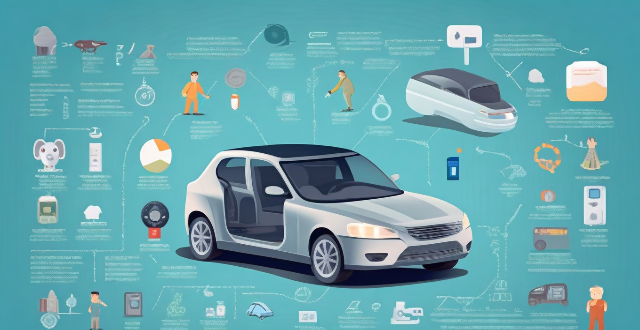Troubleshooting a car that stalls while driving involves identifying symptoms, checking basic systems like fuel and ignition, using diagnosis tools, addressing common issues, and knowing when to seek professional help. Safety should always be the top priority.

Troubleshooting a Car That Stalls While Driving
Identify the Symptoms
Before diving into troubleshooting, it's important to identify the symptoms of your car stalling:
- Does it happen at idle or while driving?
- Is there a loss of power before stalling?
- Are there any warning lights on the dashboard?
- Is there a correlation with specific conditions like cold starts or acceleration?
Check the Basics
Fuel System
- Fuel Level: Ensure you have enough fuel.
- Fuel Quality: Check for water or contamination in the fuel.
- Fuel Filter: A clogged filter can starve the engine of fuel.
Ignition System
- Spark Plugs: Worn or fouled plugs may cause misfires.
- Ignition Coils: Failed coils can prevent spark from reaching the plugs.
- Timing Belt/Chain: If it's worn or skipped teeth, it can cause timing issues.
Electrical System
- Battery: Check for corrosion and ensure it holds a charge.
- Alternator: A failing alternator may not provide enough current.
- Electrical Connections: Corrosion or loose connections can cause intermittent issues.
Engine Performance
- Air Intake: A blocked air filter can reduce airflow to the engine.
- Mass Air Flow (MAF) Sensor: A faulty sensor can provide incorrect air intake readings.
- Throttle Body: Buildup or a stuck throttle body can cause stalling.
Diagnosis Tools
- OBD-II Scanner: Use this tool to read error codes stored by the vehicle's computer.
- Multimeter: Test for voltage and continuity in electrical components.
- Compression Test: Check engine health by testing cylinder compression.
Common Issues and Solutions
1. Clogged Fuel Filter
- Symptoms: Hesitation during acceleration, difficulty starting.
- Solution: Replace the fuel filter.
2. Dirty or Damaged Spark Plugs
- Symptoms: Rough idling, misfires, reduced fuel efficiency.
- Solution: Clean or replace the spark plugs.
3. Alternator Failure
- Symptoms: Dimming headlights, battery warning light.
- Solution: Replace the alternator.
4. MAF Sensor Failure
- Symptoms: Poor acceleration, stalling, decreased gas mileage.
- Solution: Clean or replace the MAF sensor.
5. Vacuum Leaks
- Symptoms: Engine performance is inconsistent, especially at idle.
- Solution: Inspect vacuum hoses for cracks or disconnections and repair as needed.
6. ECU/Computer Issues
- Symptoms: Random stalling, unusual behavior, no diagnostic trouble codes (DTCs).
- Solution: Have the ECU scanned for software updates or possible internal failures.
When to Seek Professional Help
If you're not confident in your ability to diagnose the issue or if the problem persists after basic checks, it's time to take your car to a professional mechanic. They have the tools and expertise to diagnose complex issues such as:
- Engine Management System Failures
- Transmission Problems
- Intermittent Wiring Issues
- Complex Electronic Failures
Remember, safety should always be your top priority when dealing with any car issues. If you're unsure about how to proceed, seek professional assistance.